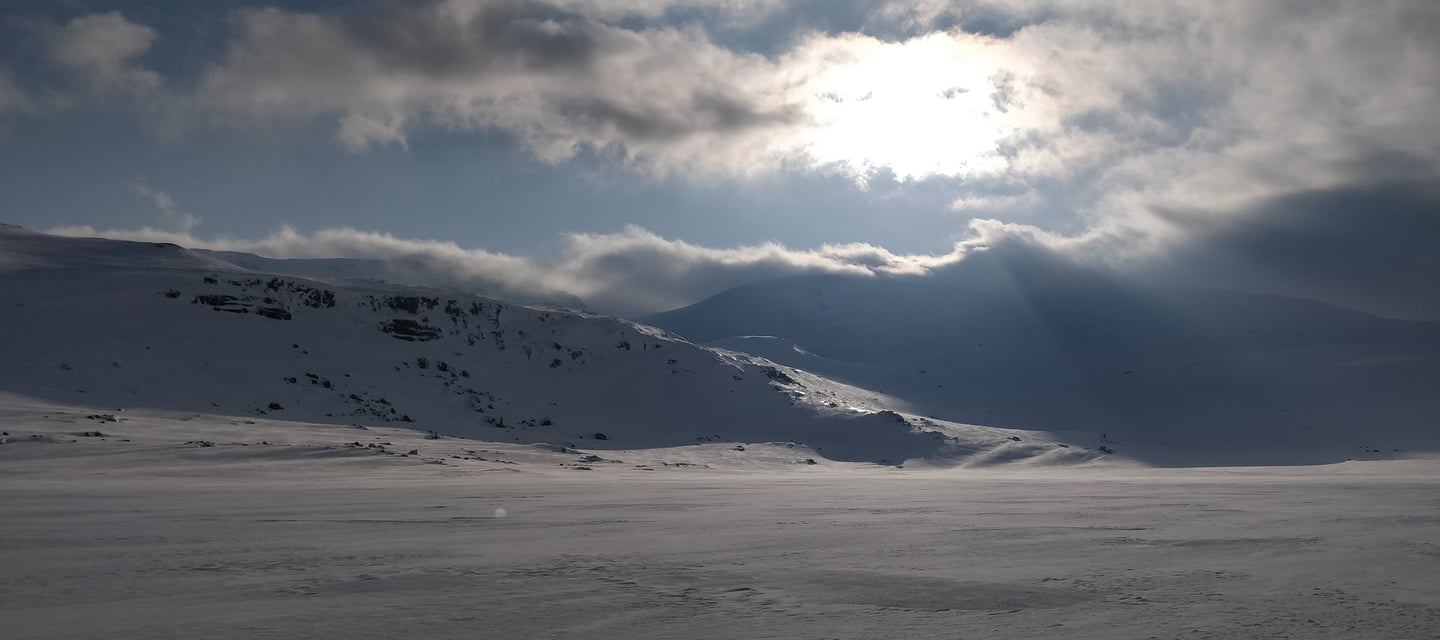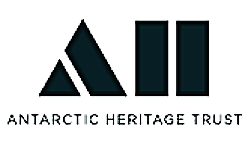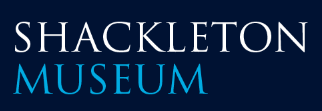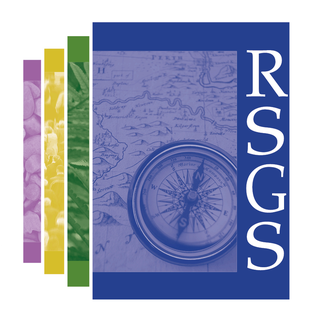

Interview for the Discovery Point blog
Describe yourself and your artistic practice please?
I'm a professional visual artist whose work is pretty much ALL about polar exploration: expeditions, history, people and environments!
I've been interested in polar exploration for a really long time and my artistic practice is a way to indulge my interest and explore it in different ways. I'm mostly known for drawing large scale pencil portraits, and painting blue watercolours based on photography from the Heroic Age. Recently I've been making cyanotype prints as well which has been a great experience!
Tell us a bit more about the Out of Sight // Out of Mind project, and the reason behind it?
I wanted to create a cohesive body of work that would help to raise awareness of different people working in the polar regions – I did the first portrait before I had the final idea and I loved the look of the portrait with closed eyes – it felt like it could be symbolic of how to many people the polar regions and the issues facing them are 'out of sight, out of mind'. That's really where the idea came from. I asked a few people that I know in the polar community whether they would be interested in taking part in the project, and was pleasantly surprised when they all said yes! I'm hoping to raise awareness of work being done in the polar regions by highlighting some of the people doing it. The exhibition is in aid of the 2041 Foundation which is a climate charity founded by polar legend Robert Swan.
What was it like to create the portraits? Were there any in particular that were interesting to work on, or unique?
For the most part I absolutely loved drawing the portraits – for a few of them I was sent reference photographs by the subjects which was really helpful, some I had to take a reference image with the eyes open and edit it myself as I was drawing which was a bit more of a challenge – it took a surprising amount of research to get right.
I find drawing portraits really satisfying, it's a great feeling to draw someone and look at the piece afterwards and think 'Yes! That is how I see that person'. It's generally a bit easier to draw men than women, because a lot of reference pictures of women have been airbrushed so much it's a lot harder to 'work into' the features.
What does it mean to showcase your work here at Discovery Point, beside RRS Discovery?
Exhibiting at Discovery Point is a dream! It was actually a visit to RRS Discovery that helped kickstart my polar art career back in 2018. I had been working as an artist for three years but I hadn't found my niche yet, and it all came together when I walked around the museum for the first time. I've visited many times since then and I can never get over the fact that it's the ACTUAL Discovery! So it's a very exciting event for me, it feels like a great fit and I am very honoured that I get to exhibit at one of my most favourite places.
Can you tell us a bit about your time spent in the Polar Regions and how this continues to influence your art now? You also spent time in Svalbard with Ellis O’Connor, our previous exhibitor?
I was an artist in residence on the Arctic Circle Expedition Residency in Svalbard last year, sailing around the High Arctic on the barquentine tallship Antigua. Ellis was on the same trip and is probably one of the nicest people I've ever met – we had a great time!
I think I approached the idea of the residency in a slightly different way to a lot of the other artists – I wanted to experience the Arctic in a way that was as similar as possible to explorers of the Heroic Age, rather than making a lot of artwork on the residency itself it was more of a practical experience that would back up my work. I did a polar expedition skills course in Finse, Norway last year for the same reason, I like the idea of backing up the work I do with real experience and skills.
It is beautiful to see the mediums of watercolour and ink together in this exhibition. Is your working process for each the same?
Yes! I absolutely love watercolour and inks – I work almost entirely in shades of blue. I've seen so many photographs from expeditions on the Antarctic Plateau that are just white snow and blue sky, I love the simplicity of the colour scheme and the way that it portrays a very low stimulus environment. I'm autistic so I find a lot of noise, mess and chaos very challenging, so the idea of an environment that has none of those things is very calming for me. When I paint the watercolours I try to take primary sources from expeditions and paint as fast as possible – to take a moment in time and reproduce it just as quickly.
We’ve noticed that you’ve started creating cyanotype prints – how do these allow you to express different aspects of your polar adventures? Can you describe the process, for anyone who is unfamiliar with it?
I started experimenting with cyanotype printing less than a month ago, using my own photographs from the Svalbard residency to create lovely blue prints. I wanted to find a way to use the photos in a more interesting way and have really enjoyed the process of getting to grips with the new medium. It involves preparing papers with a solution made of two chemicals, which develop into a beautiful blue colour when exposed to UV light. I make the prints by laying a photo negative over the paper and putting it in the sun. Sun isn't super common in Scotland so I haven't been able to make quite as many as I'd like yet! There are a few for sale in the exhibition in aid of the 2041 Foundation.
Is there a particular aspect of polar exploration that inspires you most especially, whether historic or current?
I think there are a lot of different aspects to polar exploration that inspire me in different ways. Probably the most important is the idea of doing something that was thought to be impossible – when you read about the Discovery, Terra Nova, Endurance expeditions etc. they all involve incredible stories of people doing things that had never been done before, that seem almost super human even now.
My background is in marine and environmental sciences so I am also really excited by the climate science that is happening now, especially the work of glaciologist Dr Heidi Sevestre.
I've also been inspired by the current polar community, they're such a welcoming group of people and have supported my artistic endeavours since the beginning. Hopefully people will be able to learn more about some of them in my exhibition!













